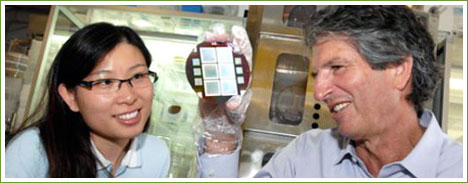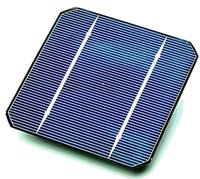Friday, August 28, 2009, 03:59 PM
Posted by Administrator
Posted by Administrator

Someone very important to me that I do not see often enough has sent me an e-mail reminder about why we must recycle. This is a subject I happen to know a bit about. However, we as humans get lazy and fall into bad habits easily. So this is a reminder of why it is so important to process our waste responsibly as well as minimize it. Reducing waste by minimizing packaging, using your own containers when you shop, finding ways to reuse items or re-purpose items, repair instead of replace and ultimately recycle items is crucial to a healthy environment for generations to come.
The following information may be new to some, but it is certainly a reminder of how important this is and a very real display of some of the mess we have already made.
Scripps Institution of Oceanography at UC San Diego is currently studying the Great Pacific Ocean Garbage Patch. Follow the link below to find out more about it. I have also included a link to the Wikipedia entry on the subject and a quote from the introduction.
Scripps Institution of Oceanography Site
Wikipedia Entry for the Great Pacific Garbage Patch
From Wikipedia: "The Great Pacific Garbage Patch, also described as the Eastern Garbage Patch or the Pacific Trash Vortex, is a gyre of marine litter in the central North Pacific Ocean ... and estimated to be twice the size of Texas.[1] The patch is characterized by exceptionally high concentrations of suspended plastic and other debris that have been trapped by the currents of the North Pacific Gyre. Despite its size and density, the patch is not visible from satellite photography because most of its contents are suspended at or beneath the surface of the ocean."
Practice your RRRRR's - Renew, Reuse, Repair, Recycle, Re-purpose.




 Calendar
Calendar




